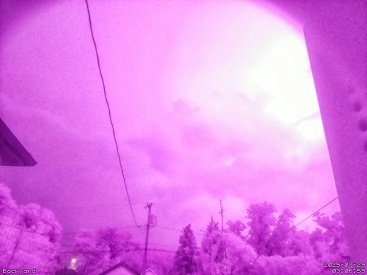Lately people have been posting some bizarre affects in the sky all round, Storms building up and clouds doing silly things LOL
From my back yard, see if you see anything interesting about the clouds, try not let the imagination scare you lol ,
August may be full of surprises.






From my back yard, see if you see anything interesting about the clouds, try not let the imagination scare you lol ,
August may be full of surprises.

